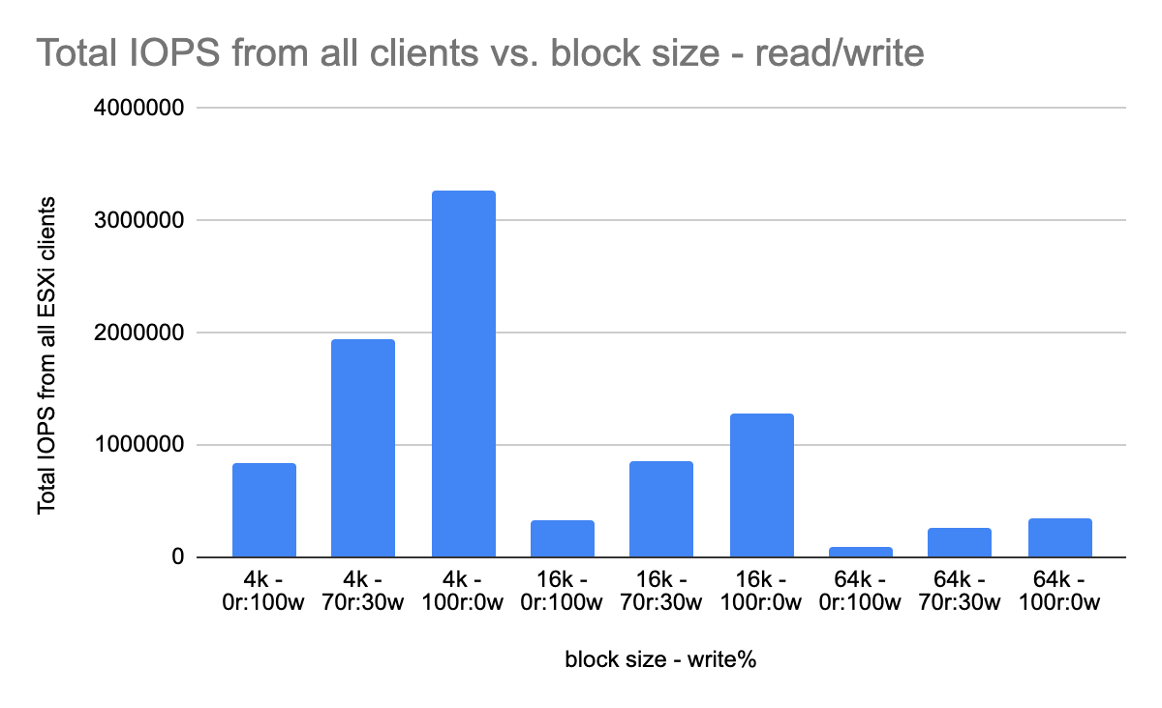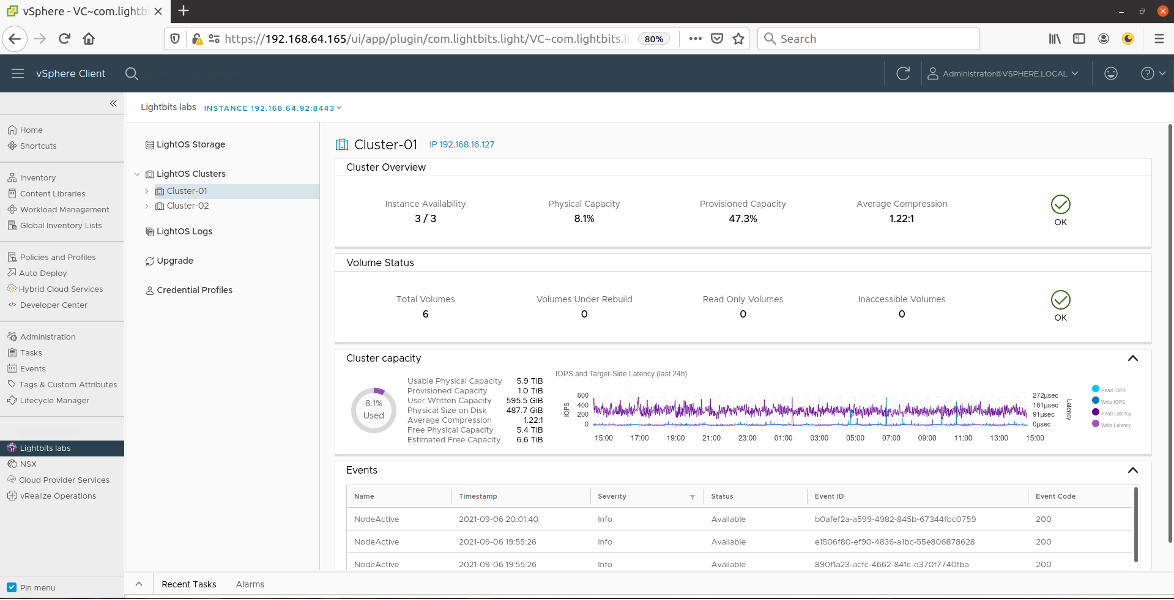
Brought to you by:
Enterprise Strategy Group | Getting to the Bigger Truth™
ESG WHITE PAPER
Intel, Lightbits Labs, and VMware Accelerate Private Clouds
A High-performance Solution for Virtualized Environments Leveraging NVMeTM/TCP
By Scott Sinclair, ESG Senior Analyst and Monya Keane, ESG Senior Research Analyst
OCTOBER 2021
Introduction
The Transformational Value of NVMe over TCP
Figure 1. Top Benefits of NVMe Adoption
Which of the following benefits has your organization realized as the result of deploying on-premises NVMe-based flash storage technology? (Percent of respondents, N=119, multiple responses accepted)
Source: Enterprise Strategy Group
Intel, Lightbits, and VMware Collaborate to Transform the Data Center
Figure 2. Top Benefits of Software-defined Storage
What benefits has your organization realized, or does it expect to realize, as a result of deploying software-defined storage technology? (Percent of respondents, N=308, multiple responses accepted)
Source: Enterprise Strategy Group
Intel, Lightbits, and VMware Deliver NVMe/TCP-based, Scale-out SDS Storage for VM Environments
Figure 3. Lightbits Topology Diagram

Source: Lightbits Labs
Benefits of the Collaboration
Evaluating the Performance of the Intel, Lightbits, and VMware Solution with NVMe over TCP
For this performance test, Lightbits and Intel leveraged the following configuration.
Figure 4. Total IOPs by Block Size/Read Write Mix

Source: Lightbits Labs
Figure 5. Total Bandwidth (in Gb/s) by Block Size and Read/Write Mix

Source: Lightbits Labs
LightOS vCenter Plugin
Figure 6. LightOS vCenter Plugin

Source: Lightbits Labs
The Bigger Truth
NVMe over TCP
This ESG White Paper was commissioned by Lightbits and Intel and is distributed under license from ESG.
1 Source: ESG Research Master Survey Results, 2021 Data Infrastructure Trends, Aug 2021. All ESG research references and charts in this white paper have been taken from this research report, unless otherwise noted.
All trademark names are property of their respective companies. Information contained in this publication has been obtained by sources The Enterprise Strategy Group (ESG) considers to be reliable but is not warranted by ESG. This publication may contain opinions of ESG, which are subject to change from time to time. This publication is copyrighted by The Enterprise Strategy Group, Inc. Any reproduction or redistribution of this publication, in whole or in part, whether in hard-copy format, electronically, or otherwise to persons not authorized to receive it, without the express consent of The Enterprise Strategy Group, Inc., is in violation of U.S. copyright law and will be subject to an action for civil damages and, if applicable, criminal prosecution. Should you have any questions, please contact ESG Client Relations at 508.482.0188.

Enterprise Strategy Group | Getting to the Bigger Truth™
Enterprise Strategy Group is an IT analyst, research, validation, and strategy firm that provides market intelligence and actionable insight to the global IT community.
